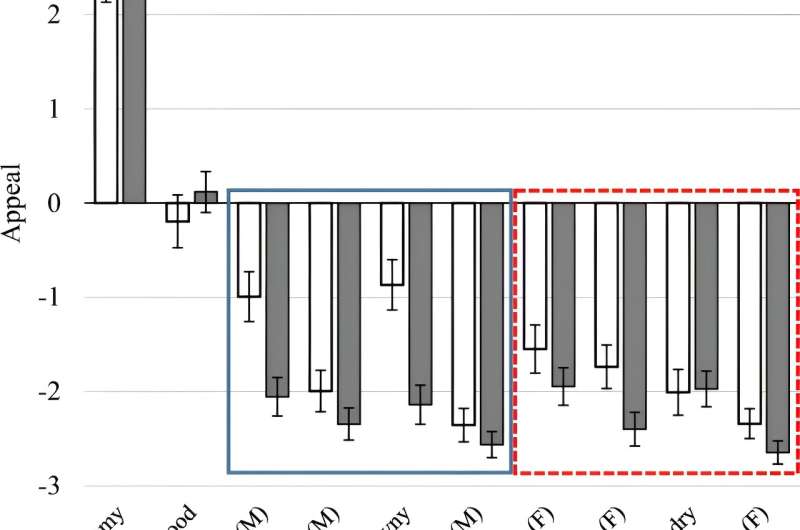
Zunaira Saieed
Malaysia Correspondent
APR 21, 2024,
KUALA LUMPUR – The number of Malaysian Muslims practising polygamy legally fell by almost half in the past five years, with more than one-third of such applications to marry another woman rejected by the Syariah Court.
The rejections during this period were mainly on the grounds that the men were financially incapable of supporting additional wives.
Muslim men in Malaysia who wish to enter into a polygamous union – having more than one wife at the same time – must meet the requirements set by syariah law and obtain special permission from the courts.
Polygamous marriages fell by about 47 per cent in Peninsular Malaysia and Sabah to 1,609 in 2023 from 3,064 in 2019, according to data from the Syariah Judiciary Department, provided by the Religious Affairs Ministry. Data for Sarawak is compiled separately by that state and could not be immediately obtained.
The fall in polygamous unions was attributed largely to the Syariah Court’s concerns that the husbands would not be able to support multiple wives financially, or be able to treat all wives equally, Religious Affairs Minister Mohd Na’im Mokhtar said.
“The falling income of men that was led by the slowdown in Malaysia’s economy from the pandemic was also one of the factors that possibly resulted in the decline of polygamous marriages,” he told The Straits Times.
In fact, the aftermath of the Covid-19 pandemic (2020 to 2022) had led to about 20 per cent of the country’s middle-income group slipping into the lower-income category, then Prime Minister Ismail Sabri Yaakob said in a written parliamentary reply in 2021.
Still, there are those who can afford to pursue polygamy.
One standout case is that of Malaysian singer Azline Ariffin, 42, also known as Ezlynn, who publicly disclosed in March 2024 that she had tried searching for a second wife for her husband, so she could focus on her career. Her husband, Mr Wan Mohd Hafizam, 47, married his second wife, a 26-year-old doctor, on March 2023.
“I am a busy person, and going on long trips makes me feel uneasy and restless. At the very least, there is someone else to take care of things and I can focus on my work,” said Ms Azline, who sparked an online debate over polygamy.
While Ms Azline’s desire for a second spouse for Mr Wan was unusual, the law does not need her nod for him to marry a second time.
But it has been reported that there have been numerous cases of Malaysian Muslim men who do not register their additional marriages in Malaysia but instead marry abroad, as they are fearful of informing their existing wives.
Women’s rights activists say legal loopholes have enabled husbands to get married abroad, letting them skip the negotiation process with the first wife and register the marriage in Malaysia legally after that.
In Malaysia, the Syariah Court’s decision to approve polygamous unions hinges on factors such as the husband’s income, financial commitments like alimony payments and debts, as well as the first wife’s wishes on the matter, Dr Na’im said.
Malaysian women’s advocacy group Sisters in Islam’s (SIS) legal officer Syafiqah Fikri told ST that its female clients were primarily concerned about their husbands entering into polygamous marriages without their consent, and ceasing to provide maintenance for them and their children after that.
The unwillingness of Malaysian women in their 30s to accept polygamy could have contributed to the drop in polygamous marriages; the women’s attitudes are a result of more education and economic self-sufficiency, which have also led to the growing number of divorces among Muslims, she said.
“Two-thirds of the female respondents in our findings in 2019 felt that it is fine for a wife to demand divorce if her husband decides to marry another wife,” Ms Syafiqah said. The findings were reported in the SIS survey, Perception And Realities: The Public And Personal Rights Of Muslim Women In Malaysia.
The SIS-commissioned survey by global market research firm Ipsos in 2019 involved interviewing 675 Malaysian Muslim women aged between 18 and 55.
Ms Shehnaz Sulaiman, 37, said she will allow her husband to marry another wife only for a “humanitarian cause”, for example if the woman is a widow who cannot support her children and that is only if he is financially able to cope.
“If it is not for a humanitarian cause, I would file for divorce (though) it is not black and white for me,” said the management consultant.
The divorce rate among Malaysian Muslims jumped by more than 45 per cent to 46,138 in 2022 from 31,650 in 2021, according to the Department of Statistics Malaysia.
Data from the National Population and Family Development Board Malaysia in November indicated that lack of understanding, infidelity and irresponsibility on the part of the husband were the three main causes for divorces in the country.
Although polygamy is legal in Malaysia, its practice remains a hot-button issue among Muslims, who make up about two-thirds of the country’s 33.9 million population.
Opposition Islamist party Parti Se-Islam leader Tuan Ibrahim Tuan Man said in Parliament in November that polygamous marriages help to address the issue of late-age marriages among women, claiming that there are more than 8.4 million single women in the country.
But there was a public backlash against his comments from the women MPs in the Anwar Ibrahim-led government and social media users.




